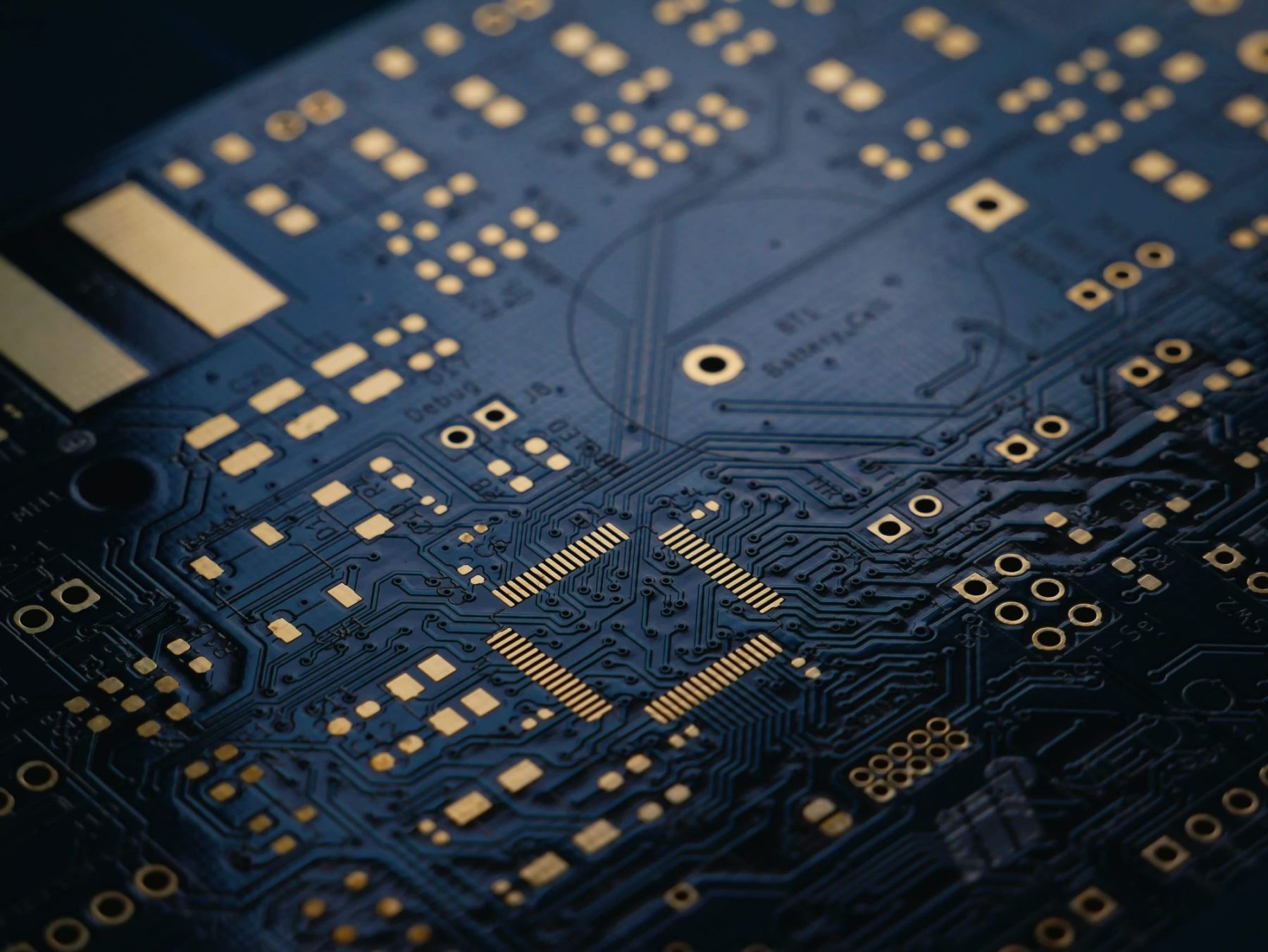Printed circuit boards (PCBs) form the basis of most electronics. They’re an integral component for applications across various industry sectors, including consumer electronics, automotive, medical, telecommunications, military and defence, aerospace, lighting and security.
However, before embarking on a full production run of a PCB, it’s imperative that it’s been designed correctly and functions as it’s supposed to. One of the best ways to ensure the quality and functionality of your PCBs is by prototyping the product beforehand.
What is prototyping?
A prototype is a ‘test run’ of your final product that takes place early in the design process. Prototyping throughout the PCB’s design life allows you to test your product’s quality and function, redesigning it where necessary before a full production run.
There are four primary prototypes available:
Visual model
The visual model prototype will look identical to the final design but isn’t a working model. This prototype exists for illustrative purposes only and usually isn’t recommended for the final PCB prototyping stages as you can’t test any functions! However, they can be beneficial for the engineers or design team to review and discuss a physical item rather than a digital concept.
Proof-of-concept
This prototype replicates the primary capabilities of the final PCB but doesn’t have all of the final product’s functionalities. Proof-of-concept prototypes are great for understanding the viability of your PCB’s individual functions and establishing how they’ll come together as a whole.
Working prototype
While this prototype functions in the same way as the intended end-product, it rarely represents what the final PCB will look like. Engineers and designers use working prototypes to test out the planned functions of the PCB to identify any weaknesses before refining the visual design.
Functional prototype
The functional prototype should be the final stage of the process, including all the same characteristics and functions as the final product. This is different to the working prototype in that it will not only carry out the same functions as the final PCB but also look identical.
What are the benefits of getting prototypes?
The most obvious perk of prototyping your PCBs is that you know what the final product will look like and that you’re sure it works — without the need for guesswork. Running prototypes means you can identify any faults or inefficiencies before doing a full production run. It’s much quicker, easier and significantly cheaper to alter a single prototype than to rework hundreds of ‘final’ pieces.
Throughout a PCB’s design life, the product will inevitably need tweaking and refining. By involving prototypes in the process, you can test any new designs quickly at various stages to ensure you’re happy with its current progress. As such, prototyping provides complete visibility over the PCB, providing a visual aid to communicate the design and adapt the board where required.
Although it may feel like an extra cost, prototyping is far faster and more cost-effective than standard production runs. Prototypes are much cheaper to create and can be produced in small numbers to minimise any wastage. If your project contains multiple complex PCB-based elements, prototypes will help to simplify the process. By prototyping each different PCB, you can guarantee that each board will function as it should and save yourself the headache of trying to work out which aspect is failing among several different components.
However, the actual testing of the prototype and the final product in relation to design requirements and expectations should be considered throughout the design process and not left as an afterthought.
How can EMS assist you?
Your chosen PCB prototype assembler should be able to create high-quality prototypes quickly. You should have complete confidence that the prototypes are an entirely accurate representation of the final product.
At EMS, we supply PCB prototypes to volume. Our printed circuit board assembly prototyping services offer flexibility to suit any requirement or constraint, working around you to adapt the solution to meet any target prices, in line with the complexity and turnaround time.
Our friendly, expert team is available to assist with all your PCB requirements — from prototyping to final assembly. Get in touch with us today!












